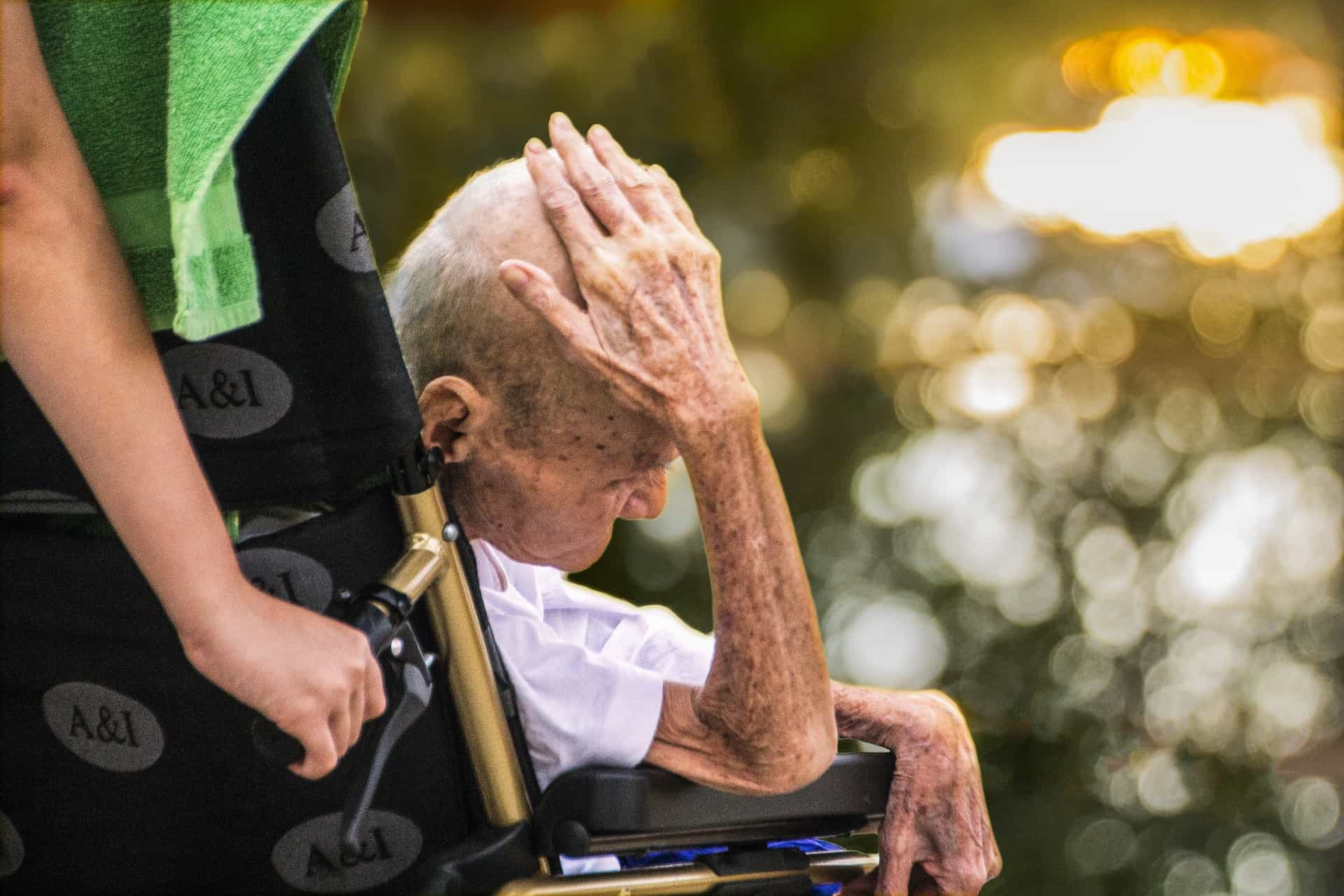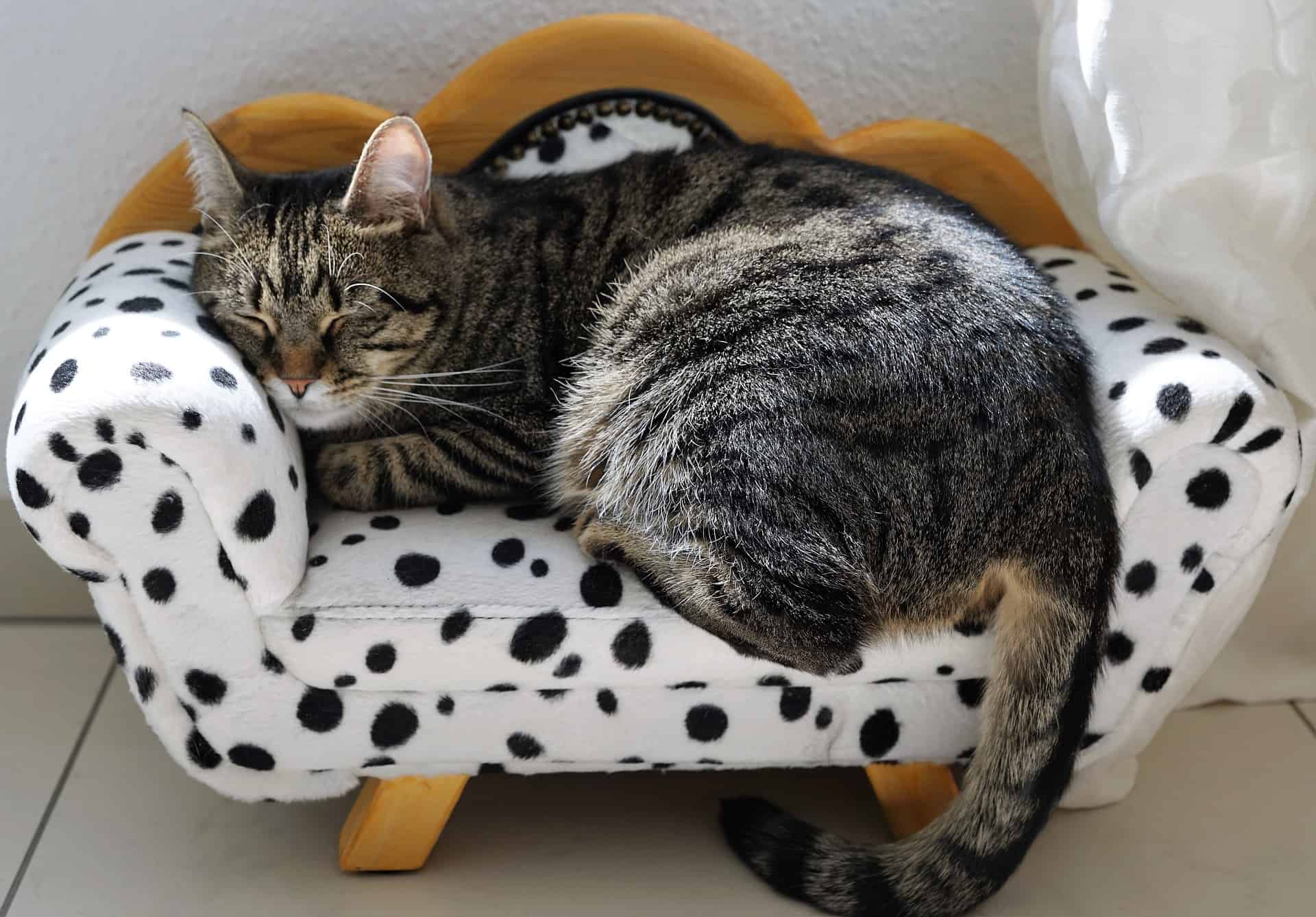
Bringing home a terminally ill loved one can be an emotionally charged time in both the caregiver’s life and the final days of the patient. Coming home can bring a great deal of peace and comfort to a person looking at the end of their life. Even though you may be working through a dizzying array of emotions, your focus will likely be on your loved one. One of the best ways to make these final weeks more serene — for both of you — is to try to keep the house more of a home than a hospital.
Whether you’re caring for an adult, child or beloved pet, helping someone through their final days at home can be a tremendous task. You’ll have to work to make sure they feel at home among the IV tubes and oxygen tanks, easing them through the end-of-life journey. If you are unsure how to fill this final time with the comforts of home, here are a few ways to find the balance between hospital and home.
Caring for a Terminally Ill Adult: Balancing Hospital and Home

When your aging parent, partner or sibling comes home for those final days, you might want to prepare ahead of time. This is especially true if the loved one lived alone and was sick for awhile — you might find you need to have their house cleaned or repairs made before it’s safe to come back. This is of particular importance if there will be any medical equipment or specialized furniture coming into the home. Depending on the level of care needed, you’ll want to make sure you have a plan for keeping the cozy, homey feel while also integrating equipment such as:
- Hospital beds or special mattresses
- Bed pans or portable urinals
- Monitors for vital signs or electrocardiogram equipment
- IVs and IV stands
- Dialysis equipment
- Oxygen equipment
- Catheters or colostomy bags
- Walkers, chair lifts, wheelchairs and other accessories to improve mobility
Once you get the house in order, it’s time to make your terminally ill loved one feel at home, which can be a challenge with a lot of medical equipment around. Here are a few ways to make sure your home doesn’t feel like a hospital:
- Keep the bedside toilet hidden. If your loved one has a portable toilet, you can hide it behind a screen or convert a closet so the bedroom feels less like a hospital room.
- Use decorative baskets and bins to store medical equipment, which will keep everything organized and tidy as well as keep hospital reminders out of sight.
- Use familiar bedding, decorative pillows and appealing throws to cover furniture that looks more hospital- than homelike, like an adjustable bed.
Most people don’t want their house to feel like a nursing home. That’s understandable, so bring a terminally ill adult home to live out their remaining days in the comfort of a place where they feel they belong. You may need to organize the space a little differently to accommodate the medical equipment, but choosing the right decor can camouflage the sterile environment.
Caring for a Terminally Ill Child: Creating a Comforting Space

Most of us want to be in our own beds in our own homes when we’re sick — a terminally ill child is no different. While some parents may find comfort in the hospital staff and round-the-clock care, for those who want their child to live out the remainder of their days surrounded by the familiar walls of their bedroom, hospice care is a safe and effective way to provide a comfortable, peaceful passing in the home.
Hospice care will make sure your child is comfortable and pain-free. How you spend that time together depends on how your child feels and any lingering side effects from previous or ongoing palliative care. Even still, every day will be different — every minute will be precious.
If you’re bringing your child home for their final days, the last thing you want to do is change their familiar environment too much. Making a soothing, comfortable space doesn’t mean you have to paint an entire room soft colors or pump meditation music throughout the home. The comfort will come from familiarity, so your child’s busy cartoon character wall paper or race car bed is exactly what you’re looking for. However, there are a few things you can keep in mind when creating a comfortable space:
- Keep pictures close by. Looking at pictures of happy times is proven to be a stress-reducer. Both you and your child can benefit from putting a few photographs — favorite vacations, team sports pictures, school play snapshots — around the room.
- Keep it clean and tidy. No, you’re not in a sterile hospital so no one is expecting you to scrub the floors to a shine, but a child’s room is often a little chaotic. Plus, making sure the floor is clear of clutter will help your child stay mobile.
- Keep Fido around. Does your kid have a family pet that they love? Don’t kick them out! Keep that dog, cat, hamster or guinea pig close by to add some extra joy and love into those final days.
- Be OK with talking about this. Don’t ignore what’s going on, especially if there are other children in the house. As painful as it might be to answer questions or talk about a future without your child, if your terminally ill child wants an open dialogue, your job as a parent is to put on a brave face.
- Do what you love — together. Is your son a fan of video games? Does your daughter love to play dress-up? Spend time together doing their favorite hobbies, even if they only have enough energy to do them for a short while. You can invite friends over or siblings in to play with your child and his or her favorite toys, especially if it gives them a chance to be engaged without being overly active.
What’s most important is that your child knows they are not alone, and that they are loved and cared for — and will be for a very, very long time. You child may be afraid or withdrawn, so understanding how they feel can help you create a calm, soothing space.
Caring for a Terminally Ill Pet: Pet Hospice

Similar to hospice for people, pet hospice care can provide comfort to a pet suffering from a terminal illness without a cure. Hospice helps by making your pet’s final weeks more comfortable with pain medications, dietary strategies and human interaction. Pet hospice is not so much a place as it is a philosophy. Typically, your veterinarian can teach you how to become your pet’s primary caregiver in their final days. When caring for an elderly pet in your home, consider:
- Consulting with your veterinarian to monitor discomfort and deterioration.
- Keeping their favorite things nearby, like a familiar blanket or special toy.
- Providing a warm sleeping spot with cushioning to prevent pressure sores.
- Checking for wetness or soiling, and even purchasing a sling to help assist your pet’s trips to the bathroom.
Making your pet’s final days painless and easy is the goal for any animal caregiver. Due to the deep bond you share, your pet will be at peace wherever you are. Helping them feel untroubled and at ease can help those final days go as smoothly as possible.
Whether caring for an adult, child or pet during their final days, the home is a place where the closure of passing can be peaceful and even beautiful. Though it can be a great deal of work, that time with your loved one is a way that both of you can confront the end of life with peace and assurance.

 United States
United States Canada
Canada